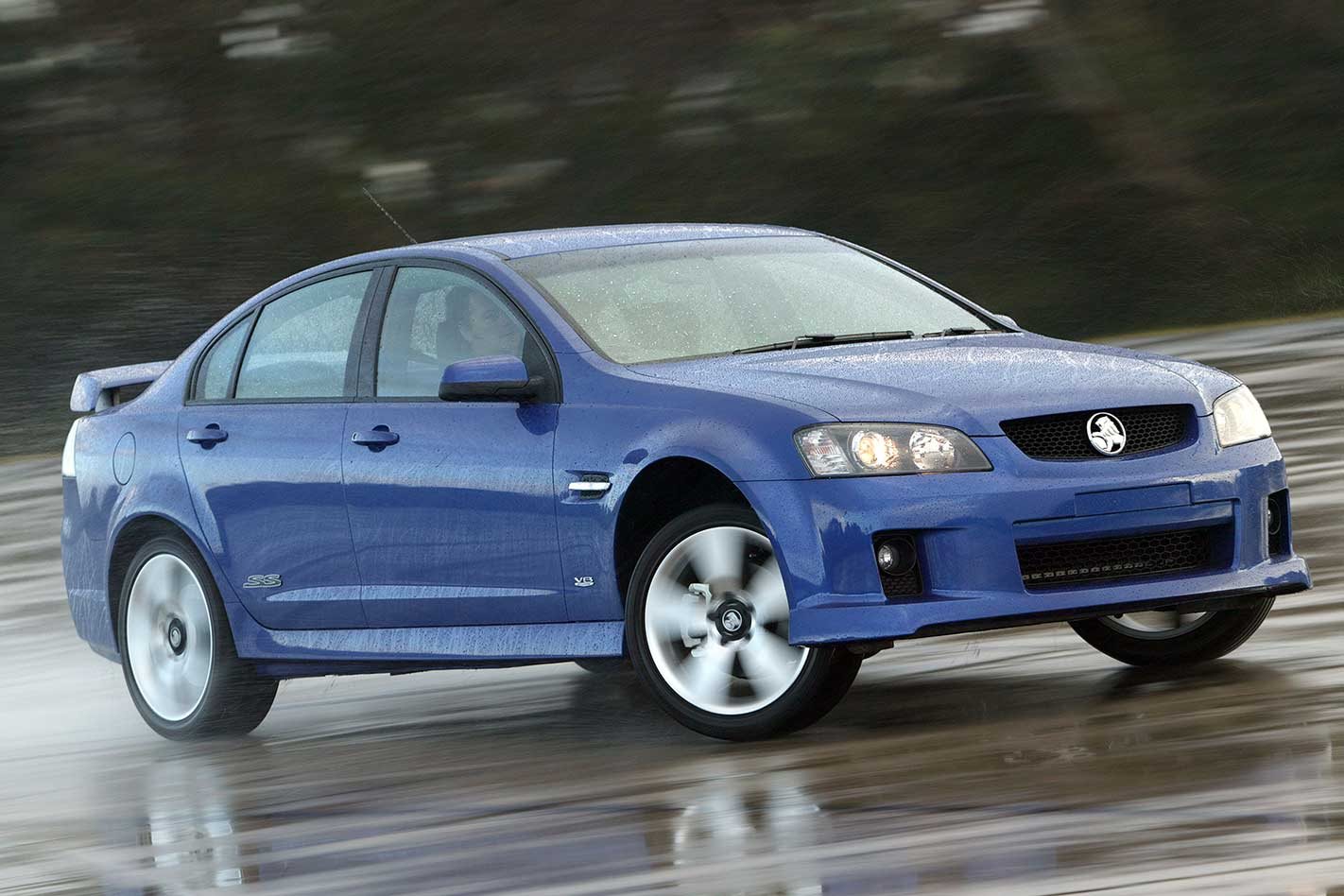Call me a train-spotter (all right, you’re a train-spotter – Ed), but I reckon you could blindfold me and sit me in any Holden Commodore from VT through to VZ and I’d be able to tell you what it was just by sitting there and firing up the engine.
This feature was originally published in MOTOR’s September 2006 issue
And you know what? The Commodore VE is new and different, but I swear it still smells like a Commodore. New, but familiar. Does that make sense? Whatever.
First impressions of the SS V – think of it where SS used to sit in the range before it got all hopped up on optional extras, and you’re close to the mark – are a bit of a mixed bag. After all, it’s the first time in nine years I’ve gotten to walk around something from the Commodore box that wasn’t merely a tickle-up of something that’s gone before. I like the overall presentation; its bulldog-on-steroids front-end and severely arched guard-filling 19s are a big improvement over the VZ with better visual balance. And, in SS form, it’s less plasticky, too.
There’s an amalgam of the modern automotive world on show, both inside and out, but strike me pink and call me Beryl if the thing still doesn’t look like a Commodore. I can see a bit of Saab in the gauges and centre console and maybe even a bit of Audi in the door cappings.
I don’t like the park-brake handle; the button on top is in the wrong spot ergonomically even if it allows the handle to more or less disappear when the brake is released (a la Saab 9-3, as it happens). The boffins tell me it’s a cinch to swap the lever over to the other side of the tunnel for left-hooker production, and that the workings are actuated by a tricky combo of forged alloy linkage bias, but I’m still not that impressed.
I’m not rapt with the speedo either, which uses smaller increments as numbers get bigger, but it looks confusing around the 130-140km/h area to me. Ditto the digital oil pressure and voltmeter high up in the centre binnacle.
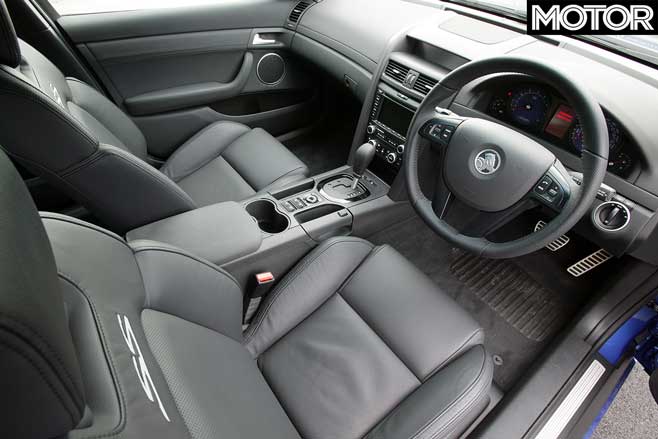
I’m told that the deep red glow of the SS’s dials are in contrast to the ice white of the more luxurious models (such as Calais), while the base-level stuff retains the good ol’ ET-green glow. Differentiation, I know, but I’m not a fan of red anything on the dash. I keep glancing at them and thinking something is wrong (bright red lights on the dash will do that to a bloke who builds his own engines).
But the SS’s seats are tremendous. Better even than the Calais’ chairs, they offer loads of lateral grip and plenty of support. Brilliant. We’re told they’re also lighter than the previous more slippery iterations, too, and the side bolster is primed with a thorax bag to protect yer gizzards. There are also curtain bags (standard on the SS V, optional on the other models) to complement the pillows up front.
The redesigned tiller sits nicely in the palms and the thumb rests fall well for my digits, but I reckon those with smaller hands might have a different opinion. There are also Audi-style rolling buttons on the spokes for stuff like the trip computer and stereo.
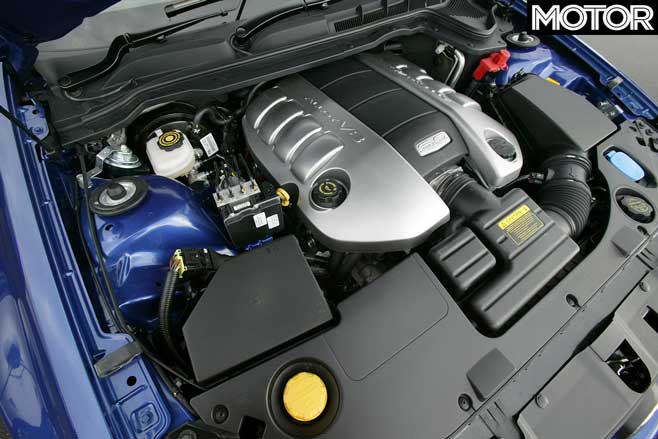
Fire up the six-litre L98 V8 (yep, it’s a new designation for the motor that came on stream towards the end of the VZ) and the starter motor makes familiar noises before the bugger flips into life. They’ve worked hard on noise and vibration control, taking advantage of the rejigged front-end to fit the motor with a larger, stiffer oil pan as well as a new engine cover that sports a decent layer of noise insulation on its underside. In all, there have been 39 changes made from the VZ Euro II-compliant spec L76 it replaces.
However, they haven’t muffled the character, and there’s a decent burble on the over-run. Even with the windows-up, the engine is audible, almost HSV VZ audible, in fact. That’s the all-new twin-system exhaust for you. The twin-branch set-up has also yielded a little less back pressure.
Slip her into D for Drag and there’s little or no torque reaction to be felt, provided you’ve got a firm foot on those big new front brakes to clamp the SS to the spot.
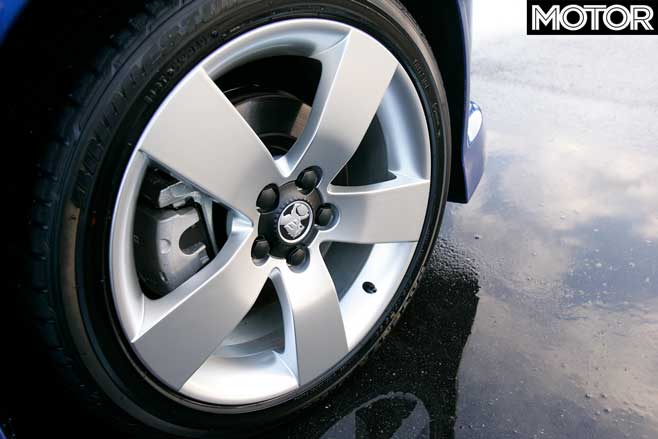
The new 6L80E six-speed autos tiptronic function is controlled via the T-bar as it bleeding well should be. Tiller tabs are okay for race-cars where you never take your mitts off the wheel but in a road car, they’re about as useless as a condom machine in the Vatican.
It’s probably one of those issues like whether you pronounce your Haitches or not but pulling the stick back for upshifts and forward for downshifts makes perfect sense to me.
What makes even more sense is that you get full manual over-ride should you be bothered to pluck your own ratios. Too often, gearboxes think they know more than me and refuse to comply with my instructions. Maybe they are smarter, but I’m paying for the fuel, so they can do as they’re told in my book.
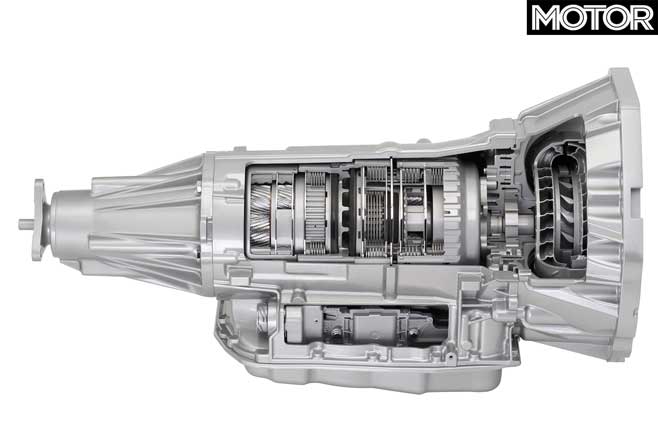
The 6L80E does another neat party trick: in full auto mode, it’ll detect whether you’re up to shenanigans by measuring throttle-lift inputs, and will hang onto the relevant gear for as long as required. Hard to explain, harder to believe it actually works, but it does as promised. Nice touch, in my book.
But the big question is whether the new Holden six-speed slusher is as good as the one fitted to performance and luxury Fords right now. Hmmm. We’ll need a proper comparison sometime down the track, but for now, seat of the pants says no.
Not that the new GM box isn’t good, because it is when stacked up with what went before it, but it just doesn’t seem as convincing, especially when you start using it in manual mode.
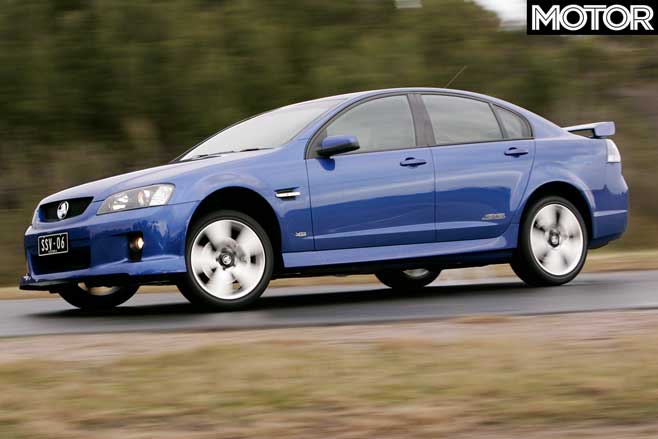
For a start. it doesn’t seem as keen to upshift In auto mode as it should be. Small throttle lifts by the driver should be enough to instigate pretty much instant shifts from an auto box, but the Holden unit never seems to get the hint. A bigger lift-off will do the trick, but intuitive it ain’t.
And the Holden unit isn’t on its own here, but it can’t seem to remember what you’ve asked it to do on a longer-term basis. Order up a downshift heading into a corner at a speed that would redline the engine if it did shift down, it won’t shift. Fair enough, but it can’t remember the request and make the shift once the speed has dropped to the point where the shift is viable. Nope. you have to prod her again and that’s all a bit too much when you’re having a big go (which is exactly when the situation is most likely to occur).
Shifts themselves are smooth enough but not as instant as I’d like and, when all is said and done, the ‘box just doesn’t seem as smart as the ZF slusher in the fast Fords. It has to be pointed out that we are driving early build protos here, and the computer nerds were still running frantically through terabytes of shift mapping data on the run up to the car’s release.
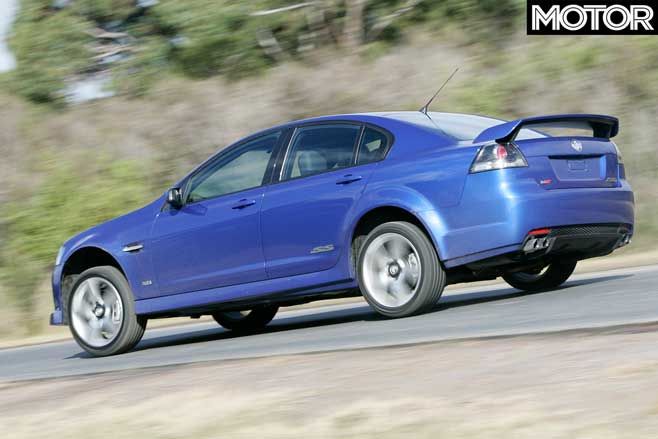
It’s something that they’ve nailed with the fly-by-wire throttle fell and response, though. Ever have I driven a ‘Dore that’s more spritely in the upper regions of its throttle travel. The engineers lost count of the number of throttle
maps they’ve flashed straight into evaluation mules, but with a focus on the first 20 percent of throttle travel (“Let’s face it, that’s how everyone drives for the vast majority of the time,” says chief engineer Tony Hyde), it’s really liven things up.
Steering feel was never a Commodore long suit but the VE seems to have addressed this reasonably comprehensively. The tricky offset steering arm geometry surely helps – as does the fact that the steering rack is now, at long last, positioned in front of the axle line – but there’s still a bit of a dead patch at the straight ahead. That evaporates as soon as you haul in some lock, though, and from there it starts to feel pretty darn communicative.

More importantly, the front end feels a whole lot more composed. Where the VT to VZ models used to lean heavily on their outside front tyre, the VE feels like it’s keeping its outside front flat on the road and using the whole tread. Oddly, it doesn’t mean there’s no body roll rather that the car is leading with its front end, not the other way around.
A quick gander at the tyres at the end of a hard day is telling: nice, even wear across the shoulders of both the front and rear tyres with minimal feathering and degradation apparent, as opposed to the carnage we’ve wreaked on many a VT-VZ front hoop in days gone by.
With its four-and-a-half-bar linkage rear-end, and some pretty serious stabs at engineering a lot of stiffness and stability into the whole kit and caboodle (triple lateral ball joints on each side of the front-end; and adjustable camber, castor and toe all ’round on a passenger vehicle really is commitment to the cause), the net gain is a car that is taut and up for a bit of nonsense. It helps that the new bodyshell is impressively twist-free, and the revised rear LSD is a bit of a sweetie, too.
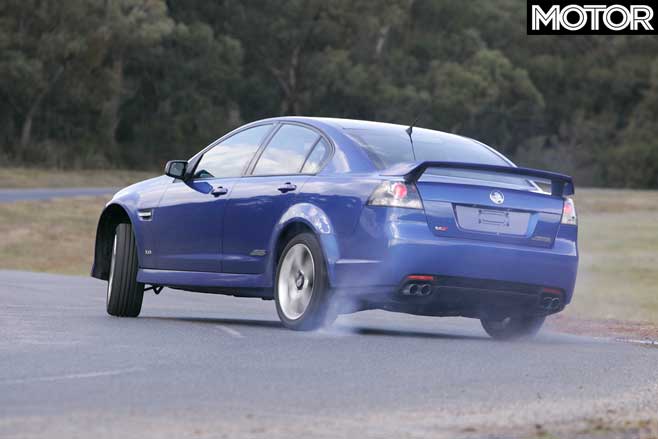
The exception is a level of rack rattle and kickback through the wheel we weren’t expecting. To be fair, though, these are very early pilot-build cars and the automatic exhibited the rattle while the manual we sampled didn’t.
Interesting, too, that the suspension techos pointed out that minimum tyre pressures across the range are now in the vicinity of 36PSI. That adds sidewall stiffness to the uber-low profile 245/40 R19 rubber, but keep an eye on your pressures.
With 270kW and a ballsy 530Nm of torque at 4400mm to work with, the six-litre V8 is fitter than ever and the VE, regardless of the extra weight it’s hauling, is the quickest yet. The SS V auto reeled off a 0-100km/h time of 5.69secs and stormed the quarter mile in 13.90 at 167.7km/h.
And that, Josephine, is not mucking about.
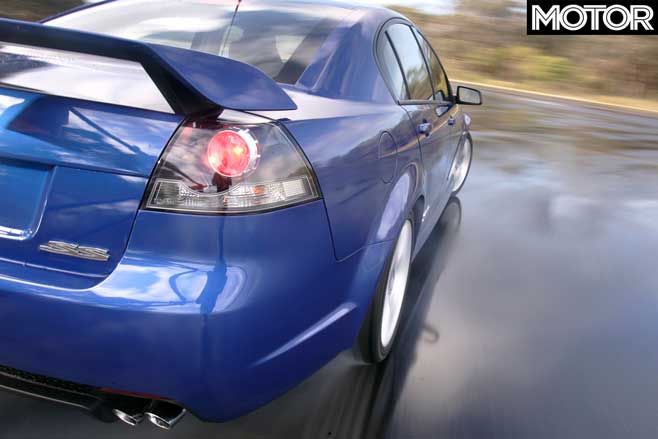
But the manual is even fleeter of foot with 100km/h coming up from a standing start in 5.35 and the first 400m reeled off in a bugger-me 13.63 with a terminal velocity of 170.7km/h.
Consider that all this happened on a damp track (between showers as it happened) and you can believe that there’s a fraction more speed to be had. Even so, those times mark the VE Commodore SS as the fastest Commodore ever.
Oh, and you read it here first.
2006 HOLDEN COMMODORE SS V SPECS Engine: 6.0-litre V8 Power: 270kW @ 5700rpm Torque: 530Nm @ 4400rpm Bore/Stroke: 101.6mm x 92mm Weight: 1690kg Power/Weight: 160kW/tonne Transmission: Six-speed automatic Suspension: MacPherson strut, coil springs, anti-roll bar (f); four-link, coil springs, anti-roll bar (r) Brakes: 321mm ventilated discs, two-spot calipers (f); 324mm ventilated discs (r) Tyres: Bridgestone Potenza; 245/40R19 (f & r) Price: $69,990
Holden Commodore VE Range Finding
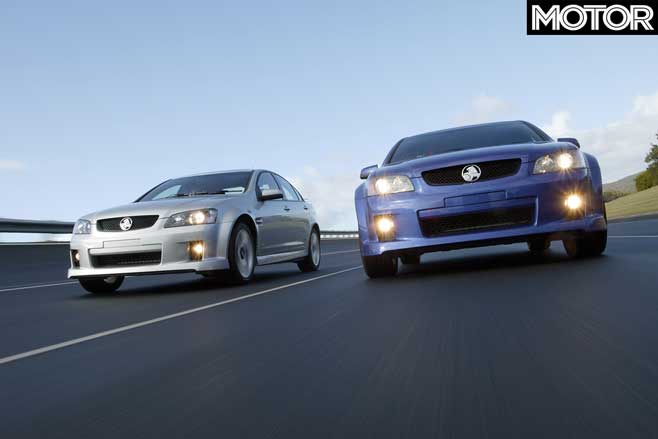
The SS V (priced at around $52,000-$54,000, depending on your options) is, according to Holden’s literature, celebrates the first new Commodore in nine years. Or something. The standard SS is more keenly priced – much more keenly priced, in fact, at $44,990 in manual and $46,990 in auto guise. It’s some $6800 cheaper than the outgoing model in self-shift form.
You do get 19-inch rims, a multi-function dash display, curtain airbags, dual-zone air conditioning, a fully sick 230W stereo and other odds and sods on SS V for your eight grand. What would we do? Well, eight grand buys a lot of tyres….
What’s on the Box?
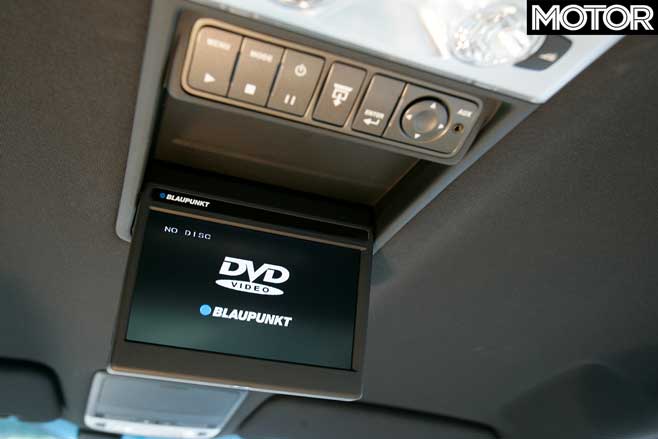
If you need to drag the family interstate to visit the rellies – and let’s face it, that’s what these big buggers are best at – then this’ll get your attention. Holden’s design gurus have worked bloody hard to come up with a modular interior design that will ‘plug and play’ much more easily throughout the car’s life cycle, and one of the neatest features is the roof-mounted DVD module.
Not only can it be combined with a smaller, lighter sunroof, it can also be retrofitted to all VEs. Interior space was modelled off VZ dimensions, and has been improved in a few key areas, notably in rear ingress (getting in and out, ya nong).
Holden Commodore VE manual review
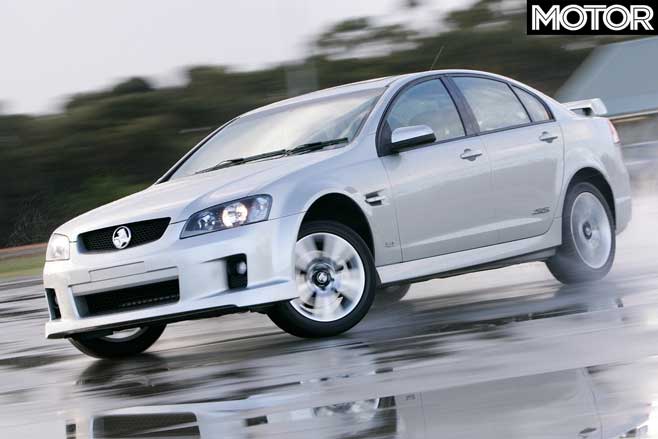
While Morley buggered off in the top-spec SS V auto, I spent my time lapping the ride and handling loop of the Lang Lang proving ground in a manual SS. In fact, I spent so much time lapping the proving ground that I ran out of fuel…
In addition to a stiffer chassis with an almost 50/50 weight distribution, the VE’s powertrain guys have taken the Tremec manual and gone to town on it. A vastly revised linkage arrangement has shortened and stiffened the lever throw, first, third, and fifth gears are shorter and there’s triple synchros on first and second. Linear bearing replace selector fork bushings and a new high-grade oil has been specified. They’re not mucking about.
A lighter-action, shorter-throw clutch pedal combines beautifully with the vastly improved ‘box for an entirely satisfactory manual interface. Combined with much-improved PBR-sourced brake hardware, a low key Bosch ESP map, EBD and lashings of feelsome mechanical grip, I reckon the SS is a bit of all right. – Tim Robson.

